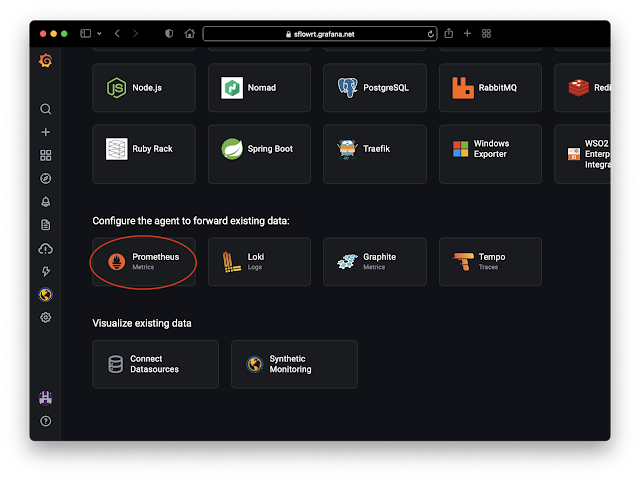Why Does DHCPv6 Matter?
In case you missed it, there’s a new season of Lack of DHCPv6 on Android soap opera on v6ops mailing list. Before going into the juicy details, I wanted to look at the big picture: why would anyone care about lack of DHCPv6 on Android?
The requirements for DHCPv6-based address allocation come primarily from enterprise environments facing legal/compliance/other layer 8-10 reasons to implement policy (are you allowed to use the network), control (we want to decide who uses the network) and attribution (if something bad happens, we want to know who did it).
Why Does DHCPv6 Matter?
In case you missed it, there’s a new season of Lack of DHCPv6 on Android soap opera on v6ops mailing list. Before going into the juicy details, I wanted to look at the big picture: why would anyone care about lack of DHCPv6 on Android?
The requirements for DHCPv6-based address allocation come primarily from enterprise environments facing legal/compliance/other layer 8-10 reasons to implement policy (are you allowed to use the network), control (we want to decide who uses the network) and attribution (if something bad happens, we want to know who did it).
Kubespray 2.17 released with Calico eBPF and WireGuard support
Congratulations to the Kubespray team on the release of 2.17! This release brings support for two of the newer features in Calico: support for the eBPF data plane, and also for WireGuard encryption.
Let’s dive into configuring Kubespray to enable these new features.
If you’re interested in getting started with Kubespray and Calico, you can refer to Using Calico with Kubespray, which covers some of the settings you might want to use, as well as how to enable Calico in several of the quick start guides.
To configure Calico options when using Kubespray to deploy a cluster, you’ll need to configure some variables. If you’re using the examples in the Kubespray repository, those files are under inventory/…/group_vars/k8s_cluster/, with the Calico options residing in k8s-net-calico.yml.
eBPF data plane
Calico offers several different data planes, ensuring that end users can choose the technology that’s right for their particular use case. eBPF is a relatively new set of facilities in the Linux kernel that lets developers write code to modify its functionality at runtime in a way that is safe and efficient.
Calico’s eBPF data plane offers increased efficiency, as well as functionality like providing source IP preservation Continue reading
Tech Bytes: Why Fortinet Zero Trust Works For You
Today on the Tech Bytes podcast we’re talking Zero Trust Network Access, or ZTNA, with sponsor Fortinet. As organizations grapple with controlling end user access to applications and services, particularly when those end users and applications could be anywhere, Fortinet is here to make the case that it’s the right platform for ZTNA. Our guest […]
The post Tech Bytes: Why Fortinet Zero Trust Works For You appeared first on Packet Pushers.
Tech Bytes: Why Fortinet Zero Trust Works For You
Today on the Tech Bytes podcast we’re talking Zero Trust Network Access, or ZTNA, with sponsor Fortinet. As organizations grapple with controlling end user access to applications and services, particularly when those end users and applications could be anywhere, Fortinet is here to make the case that it’s the right platform for ZTNA. Our guest... Read more »The Lingering Effect of Blind Spots in the Cloud
With visibility into your network, cloud services, product development, and your users, you can make significant gains across your security and compliance risks and your budget.Grafana Cloud
docker run -p 8008:8008 -p 6343:6343/udp --name sflow-rt -d sflow/prometheusUse Docker to run the pre-built sflow/prometheus image which packages sFlow-RT with the sflow-rt/prometheus application. Configure sFlow agents to stream data to this instance.
server:
Continue reading
Introducing SSL/TLS Recommender
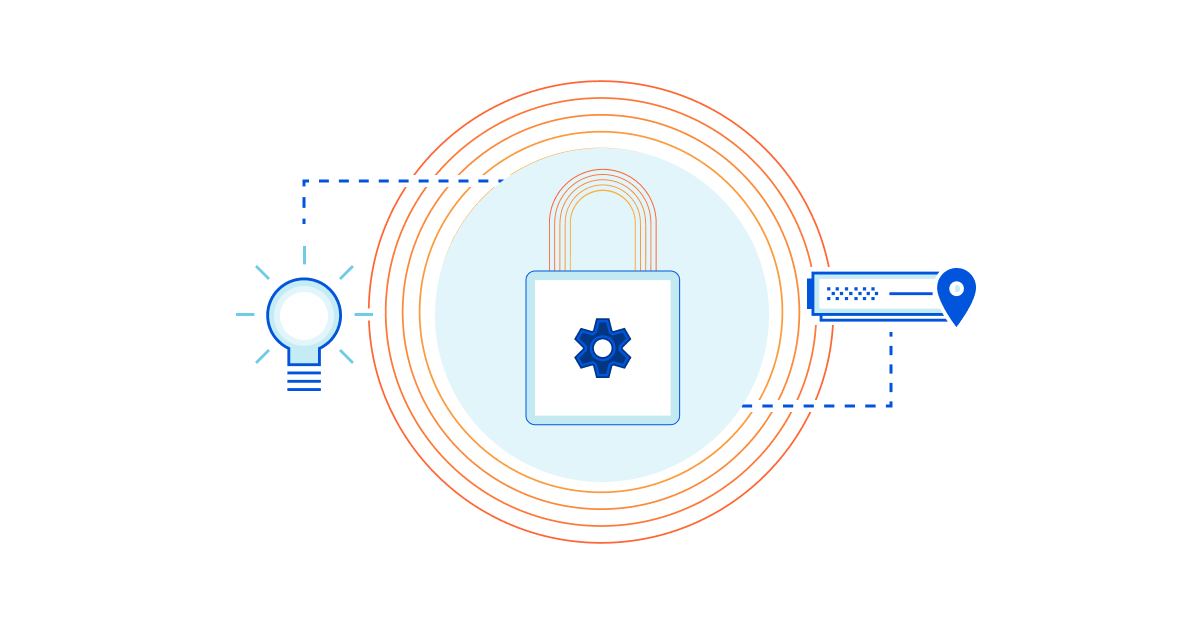
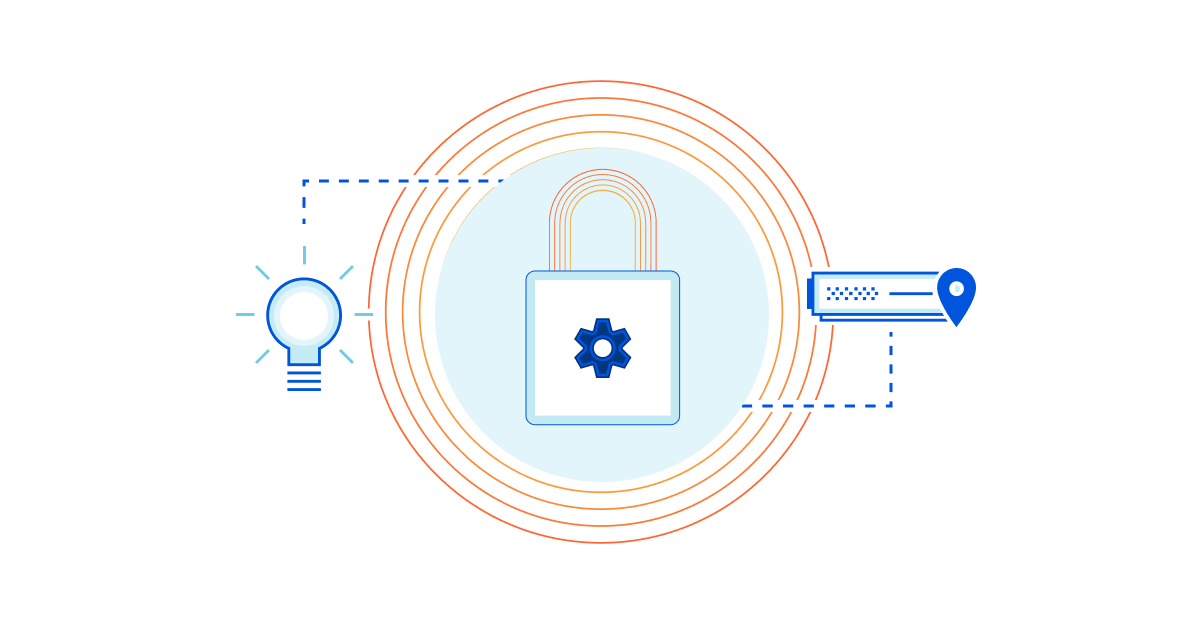
Seven years ago, Cloudflare made HTTPS availability for any Internet property easy and free with Universal SSL. At the time, few websites — other than those that processed sensitive data like passwords and credit card information — were using HTTPS because of how difficult it was to set up.
However, as we all started using the Internet for more and more private purposes (communication with loved ones, financial transactions, shopping, healthcare, etc.) the need for encryption became apparent. Tools like Firesheep demonstrated how easily attackers could snoop on people using public Wi-Fi networks at coffee shops and airports. The Snowden revelations showed the ease with which governments could listen in on unencrypted communications at scale. We have seen attempts by browser vendors to increase HTTPS adoption such as the recent announcement by Chromium for loading websites on HTTPS by default. Encryption has become a vital part of the modern Internet, not just to keep your information safe, but to keep you safe.
When it was launched, Universal SSL doubled the number of sites on the Internet using HTTPS. We are building on that with SSL/TLS Recommender, a tool that guides you to stronger configurations for the backend connection Continue reading
Dynamic Process Isolation: Research by Cloudflare and TU Graz


Last year, I wrote about the Cloudflare Workers security model, including how we fight Spectre attacks. In that post, I explained that there is no known complete defense against Spectre — regardless of whether you're using isolates, processes, containers, or virtual machines to isolate tenants. What we do have, though, is a huge number of tools to increase the cost of a Spectre attack, to the point where it becomes infeasible. Cloudflare Workers has been designed from the very beginning with protection against side channel attacks in mind, and because of this we have been able to incorporate many defenses that other platforms — such as virtual machines and web browsers — cannot. However, the performance and scalability requirements of edge compute make it infeasible to run every Worker in its own private process, so we cannot rely on the usual defenses provided by the operating system kernel and address space separation.
Given our different approach, we cannot simply rely on others to tell us if we are safe. We had to do our own research. To do this we partnered with researchers at Graz University of Technology (TU Graz) to study the impact of Spectre on our environment. The Continue reading
Handshake Encryption: Endgame (an ECH update)
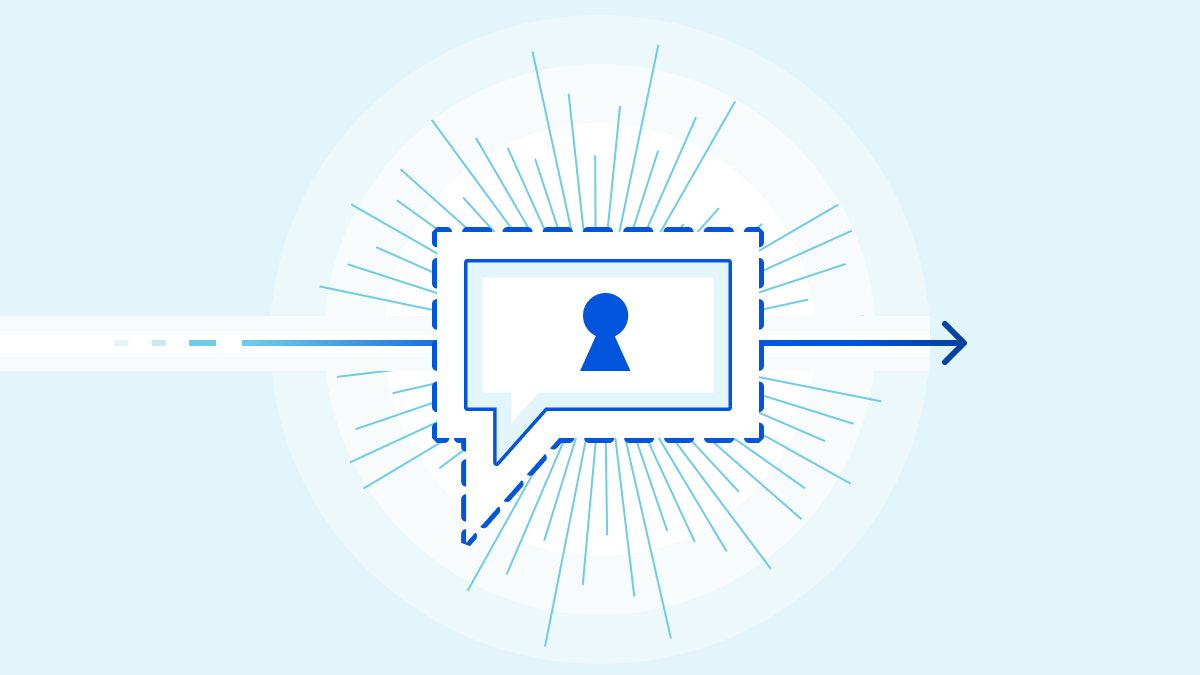
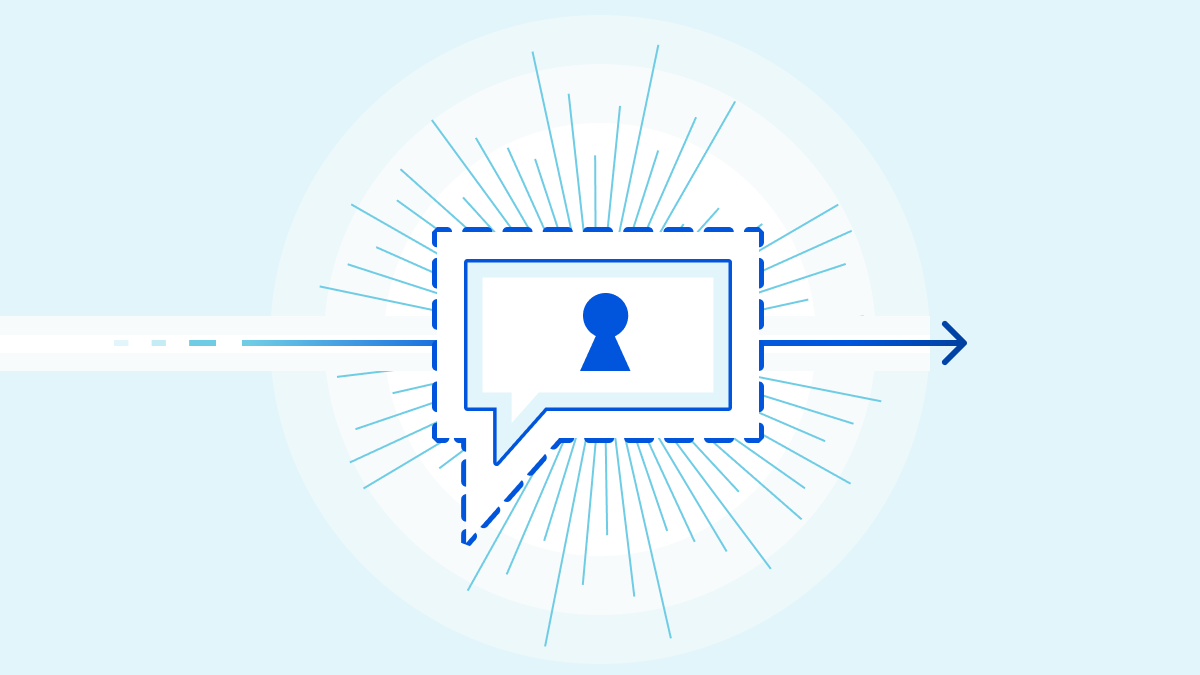
Privacy and security are fundamental to Cloudflare, and we believe in and champion the use of cryptography to help provide these fundamentals for customers, end-users, and the Internet at large. In the past, we helped specify, implement, and ship TLS 1.3, the latest version of the transport security protocol underlying the web, to all of our users. TLS 1.3 vastly improved upon prior versions of the protocol with respect to security, privacy, and performance: simpler cryptographic algorithms, more handshake encryption, and fewer round trips are just a few of the many great features of this protocol.
TLS 1.3 was a tremendous improvement over TLS 1.2, but there is still room for improvement. Sensitive metadata relating to application or user intent is still visible in plaintext on the wire. In particular, all client parameters, including the name of the target server the client is connecting to, are visible in plaintext. For obvious reasons, this is problematic from a privacy perspective: Even if your application traffic to crypto.cloudflare.com is encrypted, the fact you’re visiting crypto.cloudflare.com can be quite revealing.
And so, in collaboration with other participants in the standardization community and members of Continue reading
Privacy Pass v3: the new privacy bits


In November 2017, we released our implementation of a privacy preserving protocol to let users prove that they are humans without enabling tracking. When you install Privacy Pass’s browser extension, you get tokens when you solve a Cloudflare CAPTCHA which can be used to avoid needing to solve one again... The redeemed token is cryptographically unlinkable to the token originally provided by the server. That is why Privacy Pass is privacy preserving.
In October 2019, Privacy Pass reached another milestone. We released Privacy Pass Extension v2.0 that includes a new service provider (hCaptcha) which provides a way to redeem a token not only with CAPTCHAs in the Cloudflare challenge pages but also hCaptcha CAPTCHAs in any website. When you encounter any hCaptcha CAPTCHA in any website, including the ones not behind Cloudflare, you can redeem a token to pass the CAPTCHA.
We believe Privacy Pass solves an important problem — balancing privacy and security for bot mitigation— but we think there’s more to be done in terms of both the codebase and the protocol. We improved the codebase by redesigning how the service providers interact with the core extension. At the same time, we made progress on the Continue reading
Network Break 354: VMworld’s Constipation, Facebook Footgun, Marvell 5nm DPUs
This week on Network Break, VMware disgorges a slew of announcements at VMworld 2021, Facebook shoots itself in the foot with BGP and DNS bullets, Marvell announces new silicon for Data Processing Units (DPUs), and more tech news analysis.
The post Network Break 354: VMworld’s Constipation, Facebook Footgun, Marvell 5nm DPUs appeared first on Packet Pushers.



